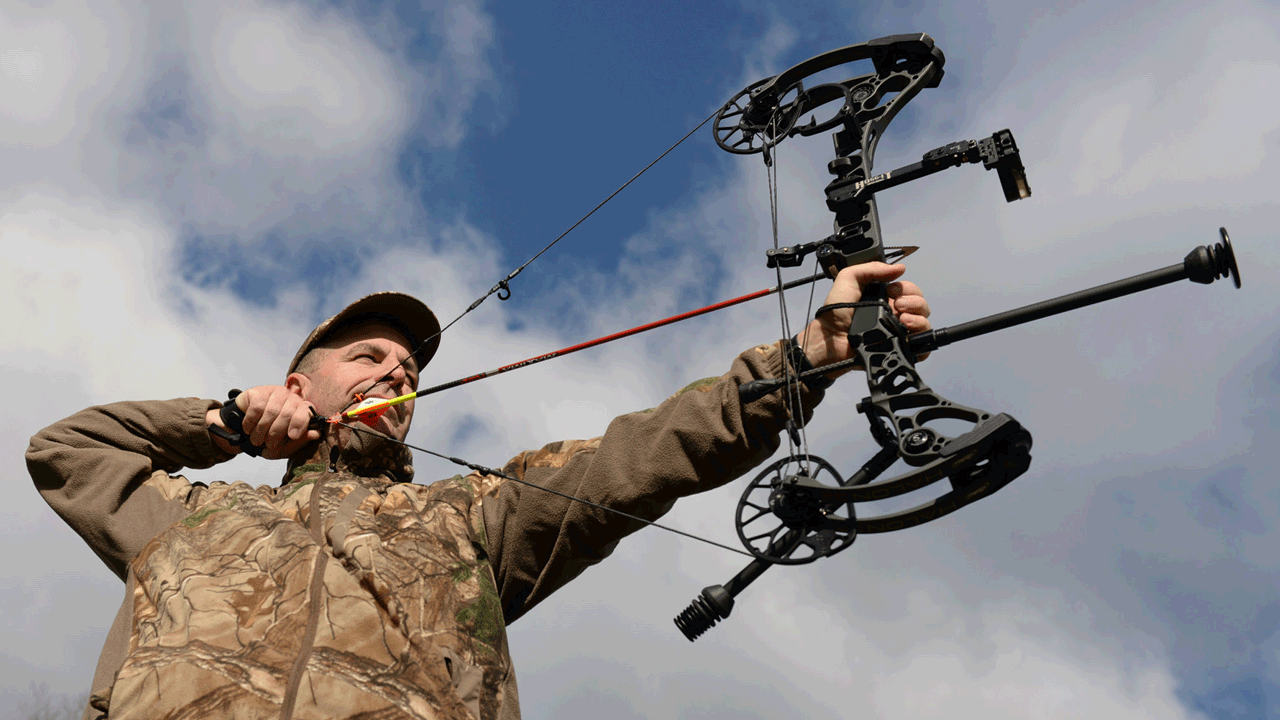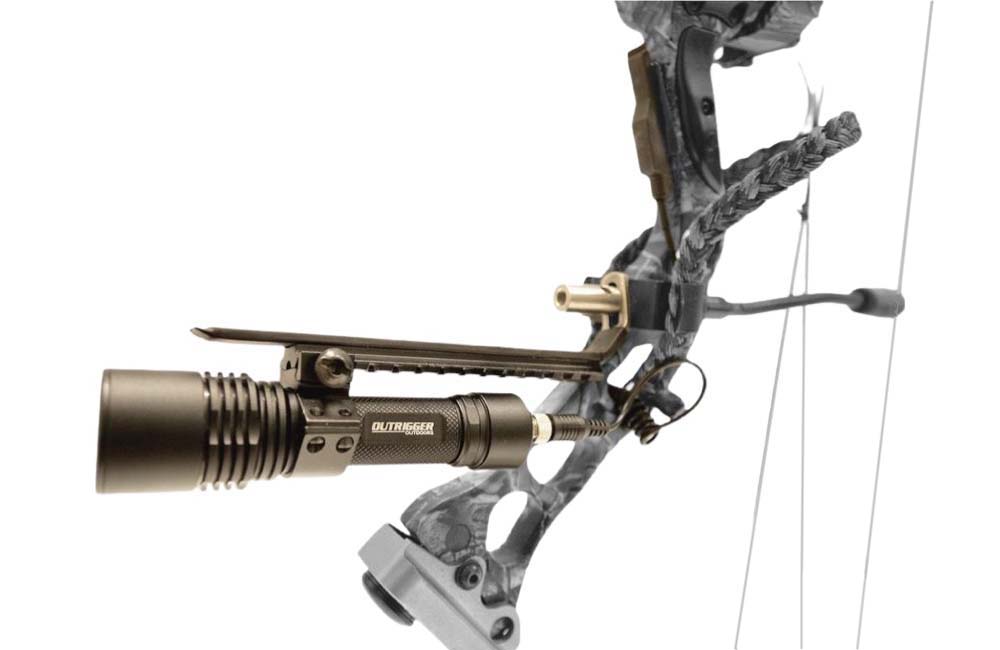Unlocking Precision: The Benefits of Using Archery Stabilizers
Unlocking Precision: The Benefits of Using Archery Stabilizers
Blog Article
Master the Art of Archery: Recognizing the Value of a Stabilizer in Your Setup
Whether one is a seasoned archer or simply starting their journey, the relevance of a stabilizer in their setup can not be overemphasized. By recognizing the advantages of using a stabilizer, considering the best factors when picking one, and effectively setting up and readjusting it, archers can elevate their abilities to new elevations.
The Function of a Stabilizer in Archery
A stabilizer plays a crucial function in archery by enhancing balance and reducing vibrations during the shot. When an archer attracts the bowstring and releases it, there is a transfer of power that can trigger the acquiesce vibrate. These vibrations can adversely impact the precision of the shot. However, a stabilizer assists to neutralize these vibrations by dissipating the energy and taking in.
One of the primary benefits of a stabilizer is its ability to enhance balance. The weight of the stabilizer helps to disperse the weight uniformly, minimizing the stress on the archer's arm and enhancing stability.
In addition to balance, a stabilizer also aids to decrease torque. When an archer releases the bowstring, there is a natural tendency for the acquiesce revolve in the hand. This turning, called torque, can trigger the arrow to divert off-course. The weight and layout of a stabilizer neutralize this turning, ensuring an extra consistent and precise shot.
Advantages of Using a Stabilizer
The application of a stabilizer in archery offers countless advantages that improve an archer's performance and total shooting experience. By absorbing and wetting these vibrations, the stabilizer improves the security of the bow, enabling for more accurate and consistent shots.
Secondly, a stabilizer helps to stabilize the bow by including weight to the front end. This weight circulation neutralizes the natural tendency of the bow to tip forward upon launch, lowering the amount of movement and improving the archer's capability to keep aim on target.

Finally, a stabilizer can additionally serve as a shock absorber, reducing the shock and recoil experienced upon launch. This not only improves the comfort of capturing yet additionally decreases the threat of injury or strain on the archer's body.
Just How a Stabilizer Boosts Precision
Enhancing the precision of an archer's shots, a stabilizer plays a crucial function in improving total efficiency. archery stabilizer. By adding stability to the bow, a stabilizer helps lessen the undesirable activity and vibration that can take place during a shot. This decrease in motion permits the archer to keep a stable aim, leading to more consistent and accurate shots

Furthermore, a stabilizer assists to dampen vibrations that occur upon launch. These resonances can create the acquiesce shake, impacting the arrow's trajectory and precision. By taking in and dissipating these resonances, a stabilizer aids to maintain the bow's security and make sure a smooth and precise shot.
Additionally, a stabilizer can additionally help in balancing the weight distribution of the bow (archery stabilizer). By adding weight to the front of the bow, a stabilizer assists to balance the weight of accessories, such as quivers or views, which might be affixed to the bow. This well balanced weight circulation assists the archer keep a controlled and steady capturing position, leading to boosted accuracy
Factors to Think About When Choosing a Stabilizer
When choosing a stabilizer for your bow, it is important to consider several aspects that will add to its total efficiency and suitability for your private capturing design. The initial factor to take into consideration is the size of the stabilizer. Stabilizers come in different lengths, varying from short to long. Longer stabilizers usually offer extra security and equilibrium, yet they can also be heavier and harder to maneuver. Shorter stabilizers, on the various other hand, use far better ability to move but may give up some security.
An additional aspect to take into consideration is the weight of the stabilizer. The weight of the stabilizer can impact the equilibrium of your bow.
Some stabilizers have flexible features, such as flexible size or flexible weights, which allow you to customize the stabilizer to your details requirements. Carbon fiber stabilizers are durable and lightweight, while aluminum stabilizers supply an equilibrium in between weight and strength.
Lastly, it is important to consider your capturing style and preferences. Different stabilizers might work better for specific shooting designs, such as target shooting or searching. It is recommended to speak with skilled archers or experts to determine which stabilizer site web will certainly best fit your individual requirements. Overall, taking into consideration these elements will help make sure that you select a stabilizer that boosts your shooting experience and enhances next page your accuracy.
Tips for Effectively Changing a stabilizer and mounting
Appropriate installment and change of a stabilizer is essential for maximizing its performance and guaranteeing optimal shooting precision. When installing a stabilizer, it is essential to follow a few essential steps to guarantee its effectiveness. Identify the appropriate size of the stabilizer based on your shooting style and preferences. Longer stabilizers provide even more stability however can be less manoeuvrable, while much shorter stabilizers provide raised ability to move however might compromise stability. When you have actually selected the proper size, attach the stabilizer to the bow utilizing the offered mounting hardware. Make sure that the stabilizer is firmly secured and straightened with the bow's riser.
After mounting the stabilizer, it is essential to make adjustments to accomplish the desired equilibrium and shot consistency. Start by readjusting the weight distribution along the stabilizer. This can be done by adding or getting rid of weights from the stabilizer's weight system. Explore various weight configurations to find the balance that works ideal for you. In addition, consider changing the angle of the stabilizer to tweak the shot. A slight onward or backward tilt can impact the bow's balance and just how it reacts during the shot.

Final Thought
In verdict, a stabilizer plays a crucial function my sources in archery by improving precision and reducing bow torque. By including weight to the bow, it aids to balance and maintain the shot. When choosing a stabilizer, aspects such as length, weight, and product ought to be taken into consideration to satisfy private requirements. Correct installation and change of the stabilizer are additionally essential for optimum performance. Mastering making use of a stabilizer can significantly enhance the archer's ability and accuracy.
Additionally, a stabilizer can likewise help in balancing the weight distribution of the bow. By including weight to the front of the bow, a stabilizer assists to stabilize the weight of devices, such as quivers or views, which might be attached to the bow. Some stabilizers have adjustable attributes, such as adjustable size or adjustable weights, which enable you to personalize the stabilizer to your details needs. Carbon fiber stabilizers are resilient and lightweight, while aluminum stabilizers offer an equilibrium between weight and strength.
Longer stabilizers provide more stability however can be much less manoeuvrable, while much shorter stabilizers provide raised ability to move but may compromise stability.
Report this page